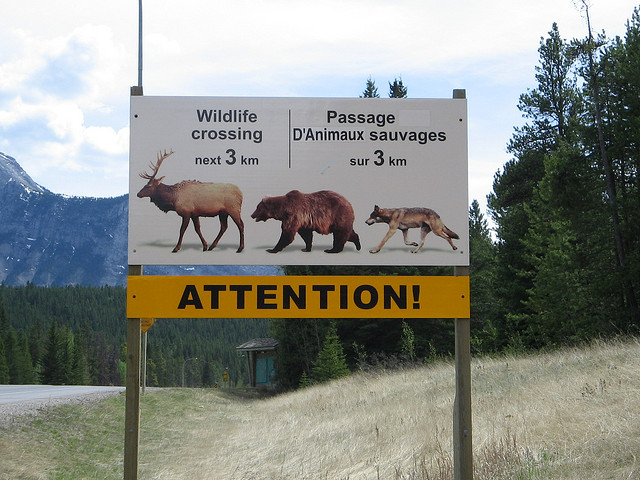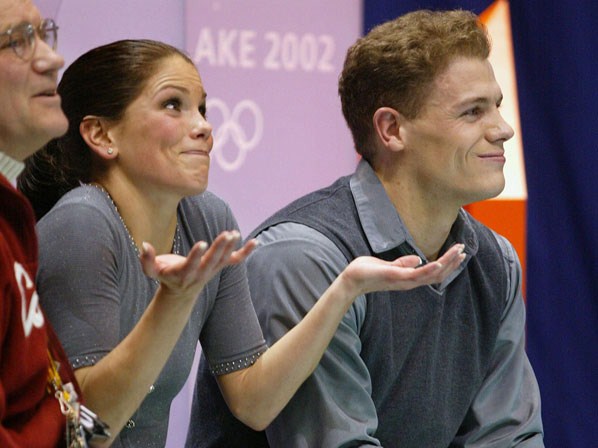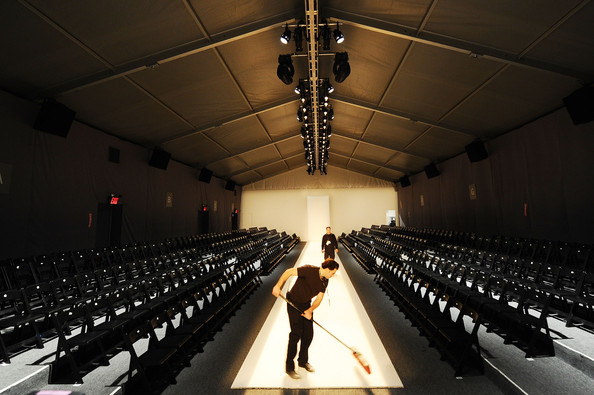Higher eduction institutions act as open systems interacting with a variety of stakeholders and environmental factors that influence their behaviors and activities. These interactions are critical in helping develop and support the institutional diversity that exists in American higher education. Having diversity in the types of institutions allows higher education to serve multiple needs and missions. In today’s post, I want to share an excerpt from my monograph on institutional diversity describing how these interactions play out and their value to the higher education system.

Photo credit: Antony Stanley
Students, faculty, administrators, broader economic trends, state legislators, alumni, federal policy, and demographic changes represent only a few of the inputs into the higher education system.





